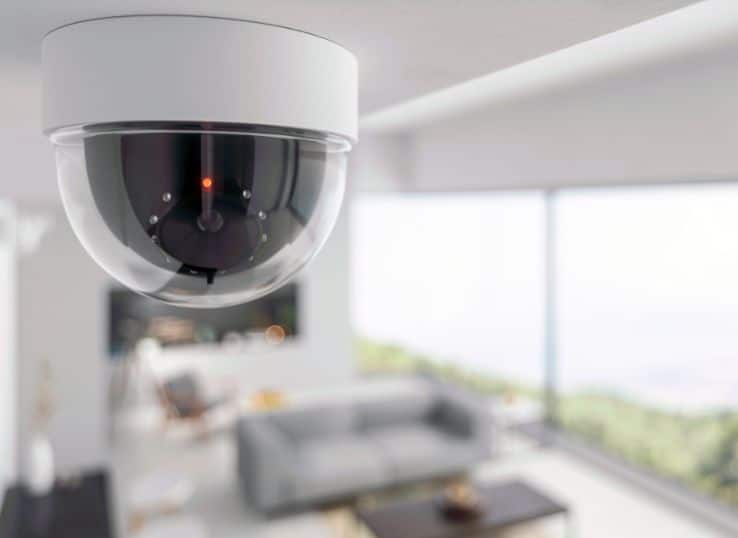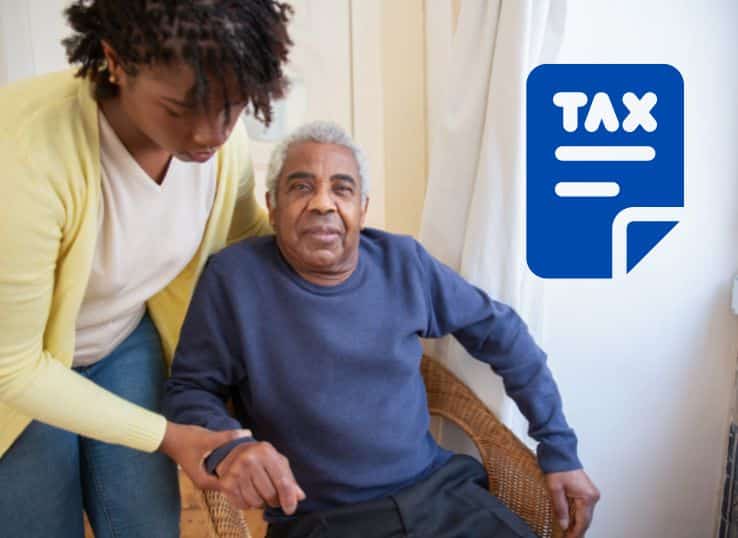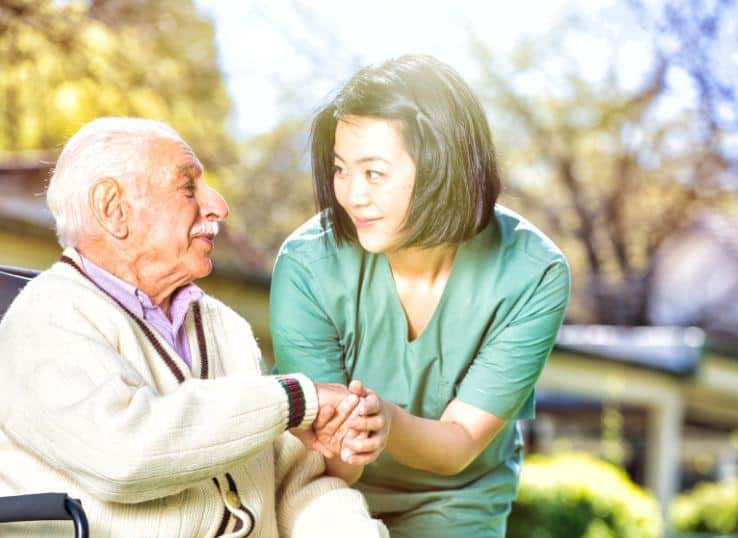Are cameras allowed in assisted living facilities?
Cameras in assisted living facilities are a topic that is hotly debated. Some say that cameras are an invasion of privacy and do not allow residents to live their lives with dignity. Others argue that cameras are necessary to protect residents from abuse and neglect. So, what is the answer? Are cameras allowed in assisted living facilities? The answer may surprise you.

Are cameras allowed in assisted living facilities?
Facilities may have policies regarding cameras in common areas
Most assisted living facilities have policies in place regarding cameras in common areas. Typically, these policies prohibit the use of cameras in common areas without the expressed consent of all individuals who may be captured on camera. This is to ensure the privacy and dignity of all residents. In some cases, facilities may make an exception for security purposes. If you are unsure about the policy at your facility, be sure to ask a staff member.
Residents generally have a right to privacy in their rooms
Residents generally have a right to privacy in their rooms. Although staff may enter a resident’s room for various reasons, they should always knock first and announce their presence. In general, residents should be free to entertain visitors in their rooms without staff being present, unless there are legitimate safety or security concerns.
Cameras can also help provide peace of mind for families and loved ones
When it comes to the safety and well-being of our loved ones, we all want peace of mind. And while assisted living facilities do their best to provide a safe and comfortable environment for residents, families can still worry about what goes on behind closed doors.
Fortunately, many assisted living facilities now allow families to install cameras in their loved ones’ rooms. This way, families can check in on their loved ones anytime, anywhere, and see for themselves that they’re being well cared for.
Not only does this give families peace of mind, but it also helps hold assisted living staff accountable for their actions. If there are ever any concerns about the care your loved one is receiving, you can review the footage to get a better idea of what’s going on.
So if you’re considering an assisted living facility for your loved one, be sure to ask about their policy on camera installation. It could make all the difference in giving you the peace of mind you need.
Cameras in assisted living facilities can help promote transparency and accountability.
Are cameras allowed in assisted living facilities?
When it comes to assisted living facilities, there are a lot of questions surrounding what is and isn’t allowed. One of the main questions we get asked is whether or not cameras are allowed in assisted living facilities. The answer to this question is a bit complicated and depends on the state in which the assisted living facility is located. In signings, cameras are allowed with the expressed consent of all parties being recorded. However, in other states, the use of cameras is prohibited. To help you understand the answer to this question, we’ve put together a blog post exploring the topic of cameras in assisted living facilities. Read on to learn more about the laws surrounding this issue and how they may impact your decision to move into an assisted living facility.
Ask the facility management – they may have a policy in place about cameras.
Assisted living facilities typically have a policy in place regarding the use of cameras. However, it is always best to check with the facility management to see if there are any restrictions in place. They may have specific guidelines about where cameras can be used and how they can be used.
Cameras can also help provide peace of mind for families and loved ones
While the answer to whether or not cameras are allowed in assisted living facilities may vary from state to state and facility to facility, many families and loved ones find that having a camera in their elderly relative’s room provides them with a sense of peace of mind. This is especially true for those who live far away from their loved ones and are unable to visit as often as they would like.
Many families choose to install hidden cameras in their loved one’s rooms so that they can check in on them without them knowing. This way, they can make sure that their loved one is being treated well and that they are getting the care they need. While some people may see this as intrusive, most families feel that it is worth it if it means that their loved one is safe and happy.
Cameras in assisted living facilities can help promote transparency and accountability
The use of cameras in assisted living facilities can help promote transparency and accountability within the facility. Cameras can help to document activities that take place within the facility, providing a record of what occurred. This can help ensure that residents are receiving the care that they need and deserve. Additionally, cameras can help to deter the abuse and mistreatment of residents. If the staff knows that their actions are being recorded, they may be less likely to engage in abusive or neglectful behavior.
Ultimately, the decision of whether or not to allow cameras in an assisted living facility is up to the residents and their families
The decision of whether or not to allow cameras in an assisted living facility is ultimately up to the residents and their families. Some residents may feel comfortable with having a camera in their room, while others may prefer not to have one. Families should discuss the pros and cons of allowing a camera in an assisted living facility before making a decision.
Some pros of allowing a camera in an assisted living facility include:
• Increased security for residents
• The ability for family members to check in on their loved ones
• Potentially improved care for residents
Some cons of allowing a camera in an assisted living facility include:
• The potential for invasion of privacy
• The possibility that footage could be used against residents
• The risk of hackers gaining access to the footage






